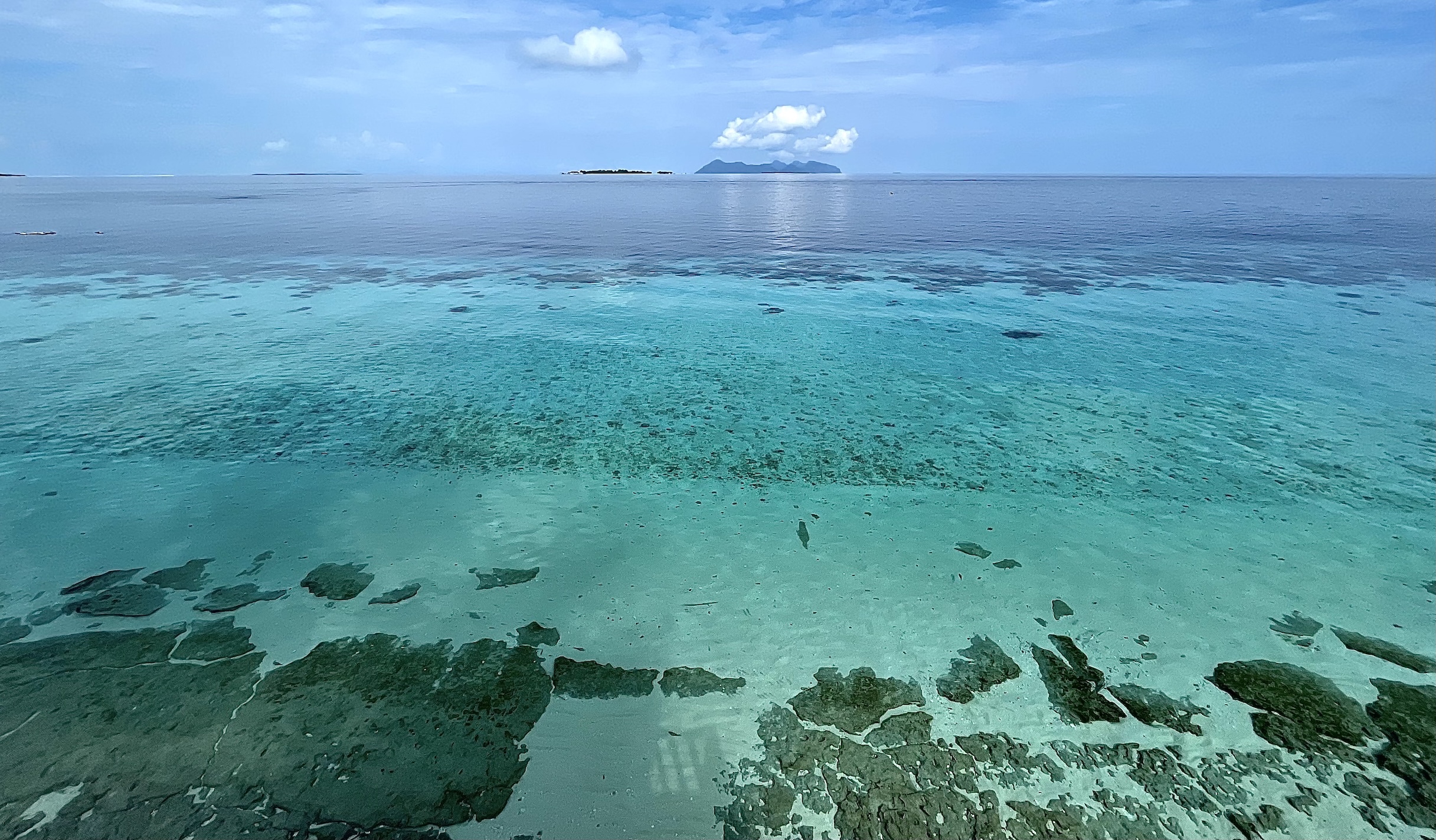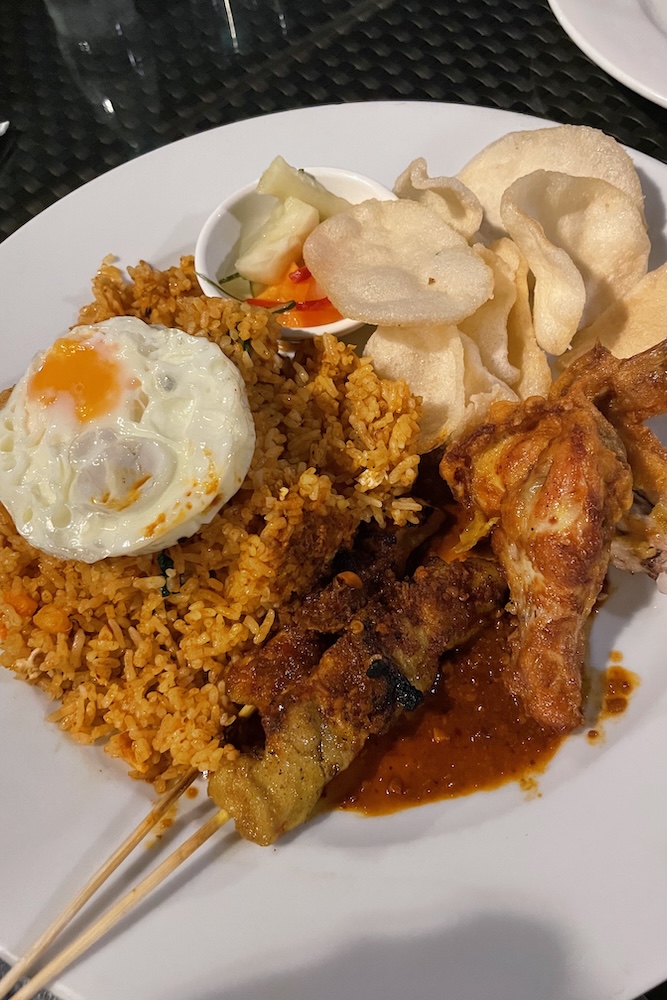
MALAYSIA: GENERAL INFORMATION
Malaysia, general information
How to enter Malaysia.
In addition to a valid passport, starting from 1 January 2024, entry into Malaysia for all foreign citizens is subject to the mandatory completion of the Malaysia Digital Arrival Card (MDAC).
This procedure must be carried out exclusively online, via the dedicated portal, within three working days prior to the expected date of arrival in the country.
Language.
The official language is Malay. English is very widespread in Kuala Lumpur and in the places we visited.
Money and exchange.
The official currency of Malaysia is the Malaysian ringgit. Its symbol is RM. Credit cards work in practically all ATMs and shops. Before leaving, always ask your bank about the withdrawal conditions and daily limits of your cards abroad.
Arriving in Malaysia.
We arrived in Malaysia by taking a flight from Milan Malpensa with the Singapore Airlines company, which schedules the flight to Kuala Lumpur via Singapore several times a week.
To reach Sandakan, in Malaysian Borneo, we then took a direct plane from Kuala Lumpur, which takes about 2 hours.
We believe that the Milan-Singapore flight is logistically the most convenient, being non-stop.
Internal travel.
In Borneo, to travel from Sandakan to Tawau, we used the plane. To explore the area around Sandakan we contacted local guides. To reach Semporna we took a taxi at the airport. We visited Kuala Lumpur on foot and using the train and subway lines, which effectively serve the whole city.
Safety.
Malaysia is a safe country. Both in the tourist areas we visited and in Kuala Lumpur, we encountered no problems.
Eating.
Chinese, Thai, Indian and Indonesian cultural influences have made Malaysian cuisine very diverse, offering visitors the opportunity to discover a wide range of flavors and aromas.
Spices are widely used, including turmeric, ginger, chili pepper, coriander and cardamom, which give the dishes a particular flavour.
Rice, fish, meat (chicken, beef, pork), fresh vegetables, coconut milk and noodles are the basic ingredients of many dishes.
Due to the booming tourism sector it is possible to eat both local and international dishes, as happened during our stay in Sandakan, Mataking Island and Kuala Lumpur.
Thanks to its humid tropical climate, Malaysia offers ideal conditions for growing many exotic fruits.
The fertile soil and abundant rainfall favor a truly impressive variety, which ranges from the most common fruits, such as pineapple and mango, to those less known in the West such as durian, rambutan and mangosteen.
- Durian: Known as the "king of fruits", it is famous for its controversial smell and taste. It is a seasonal fruit much appreciated by Malaysians.
- Rambutan: This small fruit has a red, hairy skin and sweet, translucent white pulp that resembles that of the lychee.
- Mangosteen: Known for its antioxidant properties, it has dark purple skin and a white, juicy pulp with a sweet and sour flavor, which divides into segments like a tangerine. When you eat it, pay attention to your clothes: the stains don't go away easily!


Accomodation.
- Sandakan: Sabah Hotel. Located on the hill behind Sandakan, it is ideal for exploring the surroundings of the city. The rooms are spacious, and the kitchen is excellent.
- Turtle Island: overnight accommodation is reserved for those visiting the sea turtle conservation centre. The houses are very basic but suitable for living this unforgettable experience.
- Sukau Rainforest: Sukau Rainforest Lodge. This luxury eco lodge is located along the banks of the Kinatabangan. It is nestled in the rainforest, the starting point of the river explorations we did with Borneo Eco Tours. Superlative international cuisine and comfortable rooms.
- Mataking Island resort: a 5-star resort one hour by boat from Sipadan. It is the island with the most diving spots, ideal for both divers and those who want to enjoy some well-deserved relaxation.
- Kuala Lumpur: in the Malaysian capital you are spoiled for choice. We recommend staying in the city center, full of services and close to many points of interest.
Climate.
We visited Kuala Lumpur and Borneo in August, considered one of the hottest and humid months. Average temperatures hover around 32°C during the day and rarely drop below 23°C at night. The rain is frequent, but generally short and intense. Humidity is high, especially in Sandakan, so prepare to sweat!
What to pack.
Summer clothes, hat, sun cream, swimsuit and flip flops for beaching in the sun. For hikes and sudden rains in the jungle you need quick-dry trekking clothing with waterproof shoes and shell. Don't forget the insect repellent, you'll need it! If you plan to go diving you can directly rent all the material you need at the Mataking resort, because it has a well-stocked diving center.
Power outlets.
The electrical current is 230-240V, while the electrical frequency is 50-60 HZ AC. Electrical sockets are type G, the standard used in the UK. They are characterized by three rectangular slats arranged in a triangle. Remember to bring an adapter although you will often also find European-style sockets.
Useful link to power sockets.
Telephone / internet coverage.
Throughout the holiday we connected to the wireless points of the hotels we stayed in, so as not to activate data roaming. Connections were stable and fast.
That's all! If you like this text or have any question, leave a comment below.



Comments powered by CComment